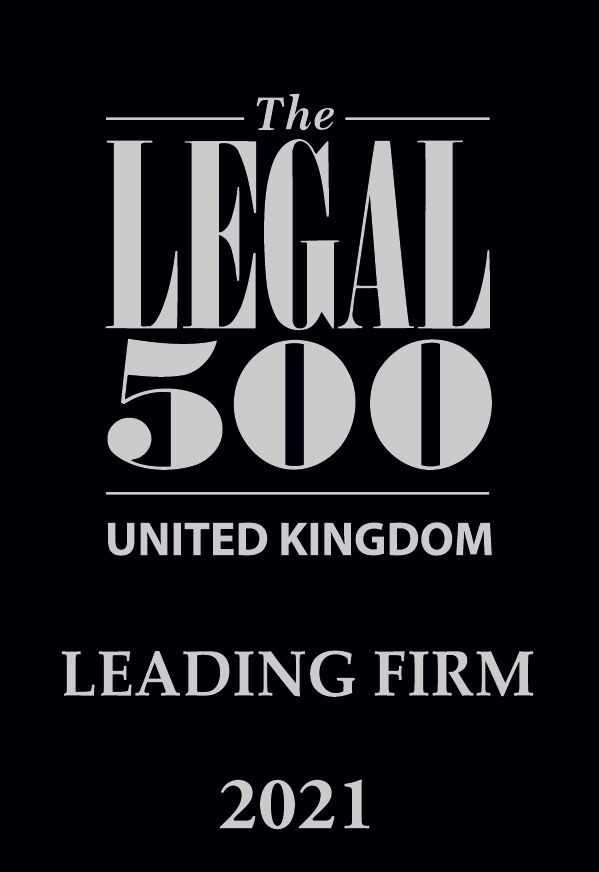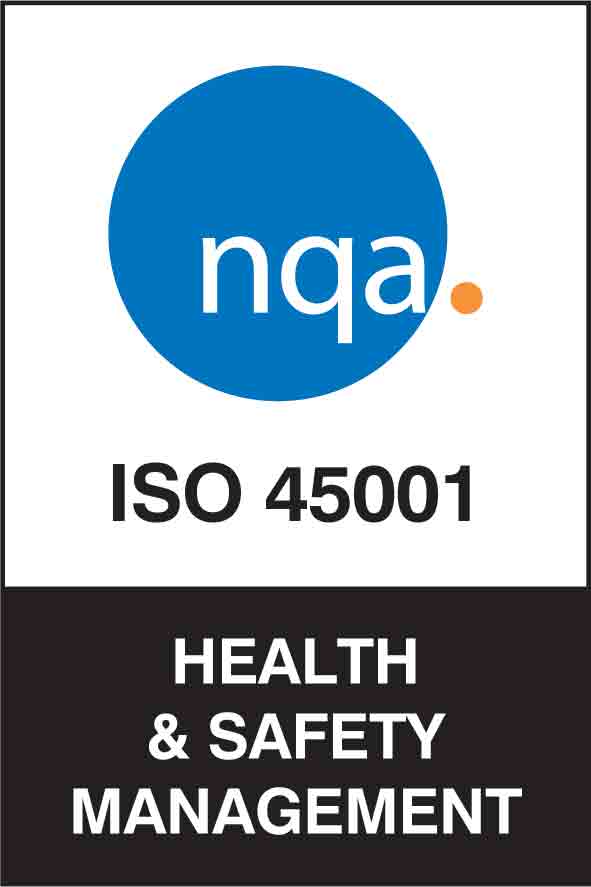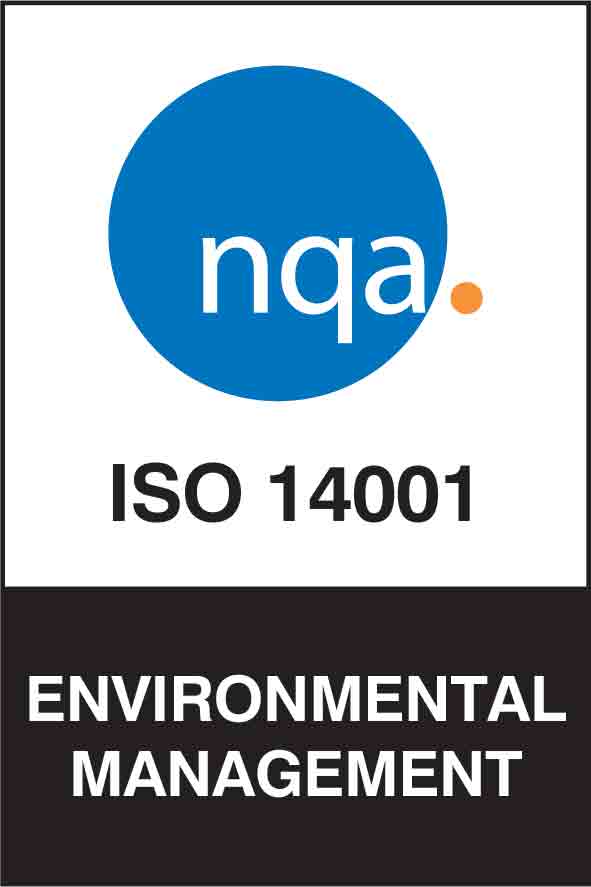As schools across the country take cautious steps into the unknown, opinion remains divided as to whether it is safe and indeed practical to bring pupils and teachers back to the classroom.
Despite being given the green light by the government, reports have suggested highly variable levels of attendance in the first week of reopenings, with some schools in regions where the R rate is higher abandoning plans to reopen amidst fears of a second wave.
Indeed, while the government has “strongly encouraged” eligible children to return to school, it has stopped short of making this compulsory. As such, the decision ultimately rests with parents and a lot will depend on their personal circumstances and comfortability.
Having cocooned in relative safety at home for the last few months, families are likely to be fearful of the unknown, and schools will need to prepare themselves to answer the following questions.
Is my child going to be safe?
While it might not be possible to completely alleviate all fears, you can offer reassurance by demonstrating that you have properly considered the risks posed by COVID-19 and implemented sensible and proportionate controls. As with any workplace hazard, the starting point is to conduct a specific COVID-19 Risk Assessment and create a COVID-19 Policy, then share this information with all concerned.
What has been done to ensure compliance during the reduction of occupants?
Your school building(s) may have been unoccupied or partially occupied for some time, and routine health and safety compliance checks should have been being carried out as normal during this period to ensure staff and pupils can return safely.
Will teachers be wearing PPE (as this may be distressing for very young children)?
Currently, government advice is that PPE is not required in schools unless it is worn under normal circumstances for specific tasks, personal care, or where two-metre social distancing cannot be maintained when supervising a symptomatic child. Some staff may wish to wear a face covering; this is a local decision to be made by the Senior Leadership Team (SLT).
How will you keep in regular communication with parents?
Parents will, of course, want to be kept informed about the welfare of their child. Most schools already produce a weekly newsletter, and this can be a simple way to let parents know of any COVID-19 developments and how the school is controlling risk. This is another way to offer reassurance, so remember to reflect on your successes!

Will a normal curriculum be maintained?
The SLT will need to determine what is practical and safe to deliver.
5 practical tips for addressing safety concerns
1. Involve parents
Schools have a duty of care to take steps to contain infectious diseases and prevent exposing pupils, staff and contractors to the risk of infection. However, parents also have a role to play in readying children for a return to school. Ahead of time, think about ways that parents can help to educate children and instil good hygiene habits, such as practising fun handwashing activities at home or increasing outdoor activities during the school holidays to build confidence.
2. Plan for social distancing
While social distancing may prove difficult, especially where young children are concerned, you must identify ways to restrict the potential for transmission of the virus as far as is reasonably practicable. In the classroom, conduct a space audit to evaluate the splitting of class sizes in half (no more than 15 in a bubble (cohort) in primary and a quarter of all Year 10 and 12 in secondary at any one time) with desks spaced as far apart as possible and unnecessary items/furniture removed. Other social distancing measures may include rearranging the timetable to reduce the number of people moving around the school at any one time, staggering break times and lunches, introducing a rota system for the use of play equipment, and controlling drop-offs and collections.
3. Stay in touch
Being honest and transparent with parents, staff and pupils is likely to go far in these uncertain times. Inform all stakeholders of what you have done to ensure safety, establish a system of regular communication, and consider setting up an ideas generation forum (“ideas lab”) to share the burden with other teaching professionals.
4. Work together
Working groups are key to this challenge in order to spark ideas, share thoughts and, importantly, offer an opportunity for staff to contribute to effective measures. They also allow input from all stakeholders to best determine, collectively, the way forward. It is important that everyone has a voice and is able to contribute, be it raising concerns, tabling ideas or assisting in practical implementation.
5. Regularly review your controls
With the situation evolving rapidly, it is essential that you keep your finger on the pulse with regards to the latest government guidance and regularly review your controls to ensure that they remain effective and compliant. Stakeholders have a key part to play in this process to ensure a well-rounded and sufficient approach that is manageable.
This is unchartered territory and you might not have all the answers; however, taking the time to think about these critical questions will enable you to implement appropriate measures and instil confidence in all stakeholders, whether that be a parent, a school governor or those in between.
Get your FREE Workbook and Policy
To help schools meet their duty of care during COVID-19, our Coronavirus Advice Hub now contains a comprehensive Back into Education Workbook designed to guide you through the actions required to keep staff and pupils safe. This is accompanied by education-specific risk assessments and checklists to help you ensure compliance, plus a COVID-19 Health & Safety Policy that can be downloaded and adapted to suit your environment and activities.





